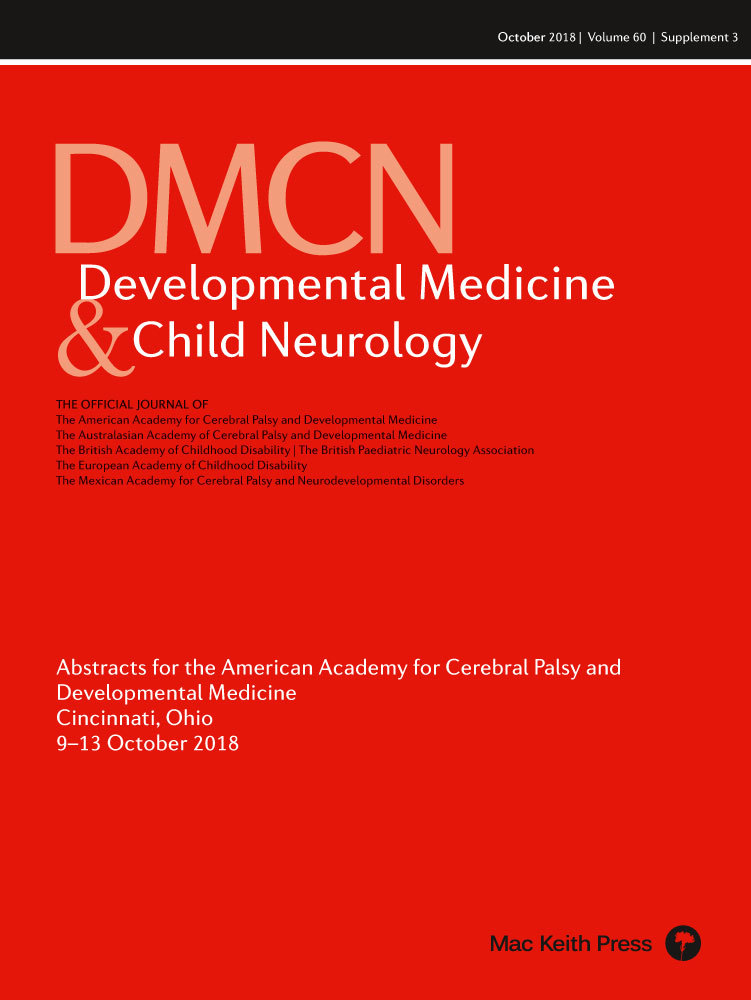Scoliosis and spinal pain after multilevel selective dorsal rhizotomy. A population-based cerebral palsy-registry study from birth to adulthood
SP25
A Lundkvist Josenby1, L Westbom2
1Department of Physioherapy, Health Sciences Centre, Medical Faculty, Lund University, Sweden; 2Department of Clinical Sciences Lund, Paediatrics, Lund University, Lund, Sweden
Background and Objective(s): Scoliosis and spinal pain are often reported in individuals with bilateral spastic cerebral palsy (BSCP) especially at late teen ages and adulthood. Children with BSCP and high levels of spasticity interfering with gross motor development may be selected for selective dorsal rhizotomy (SDR). The procedure is often performed at children in preschool ages and includes surgery of the spine to access the dorsal rootlets of the cauda equina.
The objective was to compare presence of scoliosis and spinal pain for individuals who had undergone SDR, to those with similar medical history from the same area using data from a CP registry.
Study Design: A population-based longitudinal follow-up study using CP-registy data.
Study Participants & Setting: In total 150 persons born between 1990- 2006 were included of which 36 had undergone SDR at a mean age of 4 years (range 2.5- 6.6). Selection for SDR and SDR surgery was performed at Skåne University Hospital, Lund, Sweden, for all 36 persons included in the study. The comparison group consisted of 114 persons with the same CP-subtype, GMFCS level and moderate-severe spasticity and no contraindications against SDR at four years of age.
Materials/Methods: From the CP registry, data on background variables as well as data on scoliosis and spinal pain at 10, 15, 20 and 25 years of age, were collected and analysed in order to detect differences between groups, using Kaplan-Maier plots and Fisher's exact test.
Results: The presence of scoliosis was found to be similar between groups, however the SDR subgroup Gross Motor Function Classification System (GMFCS) level IV, showed less scoliosis (p=0.004) than the comparison group in the same GMFCS level.
Spinal pain was reported more frequently in the SDR group at the age of 20 years, than at 10, 15 and 25 years, however differencies between groups were not statistically significant.
Conclusions/Significance: Persons who had undergone SDR, had developed scoliosis at similar levels to the comparison group. However, for people in GMFCS IV, scoliosis was less frequently reported and seemed to have a later on-set in the SDR group. People who had undergone SDR, report similar frequencies of spinal pain as the comparison group.




